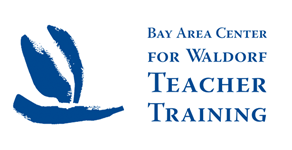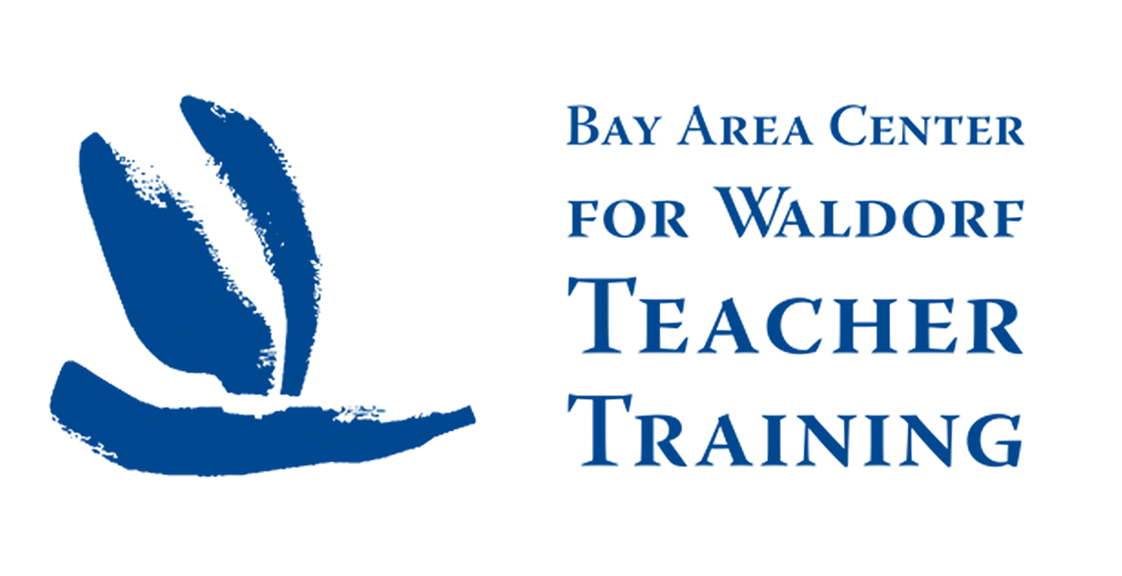Dear BACWTT Students, Alumni, Friends and Colleagues,
Here is the verse from the Calendar of the Soul for this week:
Verse 28
I can, in newly quickened inner life,
Sense wide horizons in myself.
The force and radiance of my thought
Coming from soul’s sun power
Can solve the mysteries of life,
And grant fulfillment now to wishes
Whose wings have long been lamed by hope.
The Calendar of the Soul this week expresses that the growing inner power of thought, harvested from the power of the summer sun, is opening up the possibilities of looking into the mysteries of life. The last line of this verse is itself a mystery and opens up a completely different field of view, if we take time to contemplate it:
Who has ever thought that hope could have a laming effect? Is hope too wishy-washy and vague? Does it actually get in the way of something happening? Does hope cause us to hover around issues and not follow through to find genuine solutions?
This line (and this verse overall) is pointing to a different quality of thought that can penetrate into life’s mysteries and move us from something vague and hopeful to something concrete and productive.
As Indigenous Peoples’ Day was recognized on Monday, the controversy caused by any celebrating — past or present — of Christopher Columbus’ “discovery” of America came into sharp focus again.
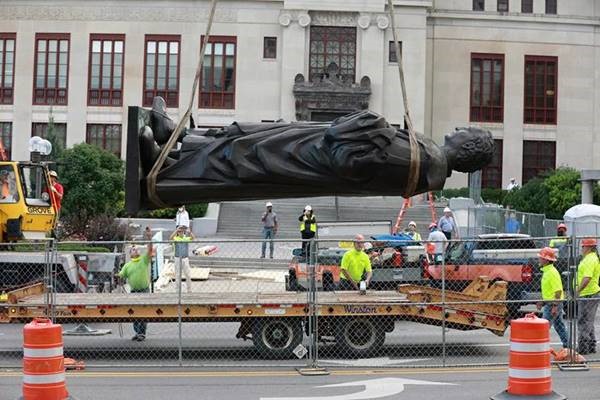
The move to replace this celebration with Indigenous Peoples’ Day has been a long time coming:
“In 1977 participants at the United Nations International Conference on Discrimination against Indigenous Populations in the Americas proposed that Indigenous Peoples’ Day replace Columbus Day. Indigenous Peoples’ Day recognizes that Native people are the first inhabitants of the Americas, including the lands that later became the United States of America. And it urges Americans to rethink history.”
-Theresa Machemer, smithsonianmag.com, June 12, 2020
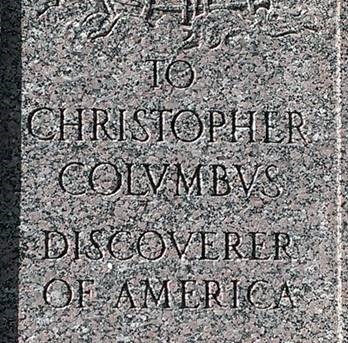
“Christopher Columbus was not the discoverer of America, we now know despite what many of us were taught in school. So a group of legislators at the Capitol, led by Rep. John Persell, DFL-Bemidji, has filed a bill (HF 1727) to re-engrave the monument. The bill reads: The commissioner of administration in consultation with the Capitol Area Architectural and Planning Board shall have the original engraving on the statue of Christopher Columbus on the Capitol Mall changed to read ‘Christopher Columbus Landed in America.’ ‘It’s something that’s been on my mind for a long time,’ Rep. Persell said in a news release this afternoon. ‘There are so many school kids that come here to learn about their state, and I want to make sure that we’re factually representing our own heritage and history through the monuments and memorials they find here. My bill would change the words ‘Discovered America’ to ‘Landed in America,’ because that’s what happened. I’m certain Mr. Columbus was a brave and interesting explorer, but he didn’t discover America, he arrived. The Native American folks I have spoken with around the communities I represent and across the state agree that ‘landed’ is more historically accurate.’”
-Bob Collins, March 11, 2015, MPR News
This was in 2015, and events and feelings have intensified since then.
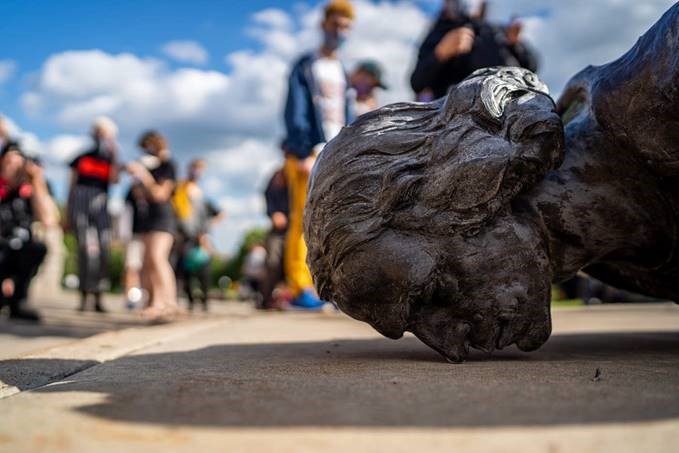
It is important today that we strive to gain a perspective appropriate to 2020. We stand at an important crossroads today and what has gone before needs to be reassessed in the bright and harsh light of our time. When we read the history – not of Columbus himself, but of the creation of the image of Columbus in this country – then we can get a perspective of the many complicated layers that underlie the creation of his figure as a symbol:
“When Columbus died in 1506, he was ‘kind of a forgotten figure, as was John Cabot,’ an explorer who also reached North America in the 1490s, University of Bristol historian Evan Jones, told Smithsonian in 2015. ‘Both of them were largely ignored within a decade or so of their deaths. In the mid-1700s, they were mentioned in history books but as rather peripheral figures, not as heroes.’ Americans seeking an origin story that didn’t involve Great Britain revived Columbus’ legacy during the Revolutionary War, lionizing him to such an extent that he eventually received his own day. (Both Cabot and Columbus were Italian, but the former sailed under the British flag, while the latter ventured out on Spain’s behalf.) More recently, the controversial figure has been touted for his Italian American heritage.”
-Theresa Machemer, smithsonianmag.com, June 12, 2020
The layers of “history making” and “symbol making” associated with the figure of Columbus means that there are many layers that need to peeled away to get back to something that is real for us today, with our current understanding and perspective on history and our striving to be respectful to all peoples:
“’Today we understand that while [Columbus] was an explorer and is credited with being one of the first Europeans to arrive in the Americas, we now know a great deal about the history and the way that he and his people behaved when they came to this continent,’ said Shannon Speed, a citizen of the Chickasaw Nation and director of the UCLA American Indian Studies Center. ‘Which included pillaging, raping and generally setting in motion a genocide of the people who were already here. That’s not something we want to celebrate. That’s not something anyone wants to celebrate.’ Speed says she recognizes the importance of celebrating the history and contributions of Italian Americans, but there has to be another way to honor them. ‘There are a lot of Italian Americans who very much support the shift to Indigenous Peoples’ Day because they don’t want to feel themselves associated with a man who is known to have committed terrible crimes against humanity,’ she said. ‘Italian Americans were greatly discriminated against in this country, and it’s incredibly important to have a day to celebrate that heritage. It just shouldn’t be around the figure of Columbus.’ Celebrating Columbus, she said, not only whitewashes a violent history but also dis-counts the further trauma that honoring him inflicts on Indigenous people. ‘Indigenous children are going to school and being forced to hear about and celebrate the person who set in motion the genocide of their people,’ Speed said. ‘That’s incredibly painful. It creates an ongoing harm. And so we can’t have a national holiday that creates an ongoing harm for a significant portion of our citizens.’ For Native Americans, that pain is the first thing they feel when they hear ‘Columbus Day,’’ Speed said. But when a group of Berkeley, Calif., residents asked the city to change Columbus Day to Indigenous Peoples’ Day in 1992, then-Mayor Loni Hancock said it was the first time she’d really understood the negative impact of this holiday on Indigenous people.
‘We had to think about what is this holiday about and who discovered America and how really profoundly disrespectful it was to say that a European explorer who never actually set foot on the continent did that,’ Hancock said. ‘Discounting the Indigenous people who had lived here for centuries with very sophisticated cultures and pretty much in harmony with the earth.’”
-Leila Fadel at NPR headquarters in Washington, D.C. October 14, 2019
Through the more focused lens of Waldorf education and the practice of teaching in a Waldorf classroom, we need to develop a more complete and complex view of history and more sophisticated pictures of events that we hold up in front of the young today. As expressed by Rep. John Persell above in his concern for school children visiting the state monuments, we hold a particularly powerful position as teachers: informing the minds and shaping the attitudes of the children in our classes.
As we move through this the 100th year of Waldorf education, there are many 7th Grade Waldorf teachers around the world who are now facing this very challenge of working with this specific moment in history. It has become the practice in the Waldorf curriculum, in 7th Grade, to focus up-on the European explorers who set out to find new passageways around the globe – in the mood of discovery and exploration. The curriculum intends to engage the students, who are newly entering adolescence, with the excitement of discovering new worlds – through exploration and through science.
Clearly this needs revision, as the truth of the situation was not at all pure exploration or innocent discovery. Either the teacher must be willing to enter into the realities of the power, politics and greed that underlie the explorations and the ensuing abuse of the peoples in the lands they arrived at or, if that is not the essential pedagogical intention of this block, to look elsewhere for a more pure expression of adventure and discovery – and come back to the hard realities of history when they think the class is ready.
Waldorf education has a remarkable asset – its sense for child development and how to meet the growing mind and heart of the child with the content of the curriculum. However, this asset be-comes a liability when there isn’t sufficient sensitivity to the full picture, to the experience of the other, to a view that takes into account all the people involved. In the 100th year of Waldorf education, we have the task and are growing the capacities needed be able to rightly help the young into the full, complex way of being a member of a new global, diverse society.
As an artist and sculptor, I wish I could feel worse about the current taking down of monuments. However, I have to say my personal experience of the agencies that commission public artworks is that they are not always the right people with the best insights and motivations to be deciding for the public, and for envisioning what should stand on pedestals to permanently represent history and the ideals of society.
What is of more concern to me than the taking down is – What shall we put up? What or who ex-presses the hearts and minds of today? Where is the positive image that we can look up to?
This concern is the same for new public works of art as it is for teachers standing in front of the young – searching for the new image that is both true and positive, and helping them into a positive stance in life in this time.
I realize these topics are contentious and I hope you can read them in the way they were intended – for positive developments in our Waldorf movement.
Ken
Kenneth Smith
Director
BACWTT
